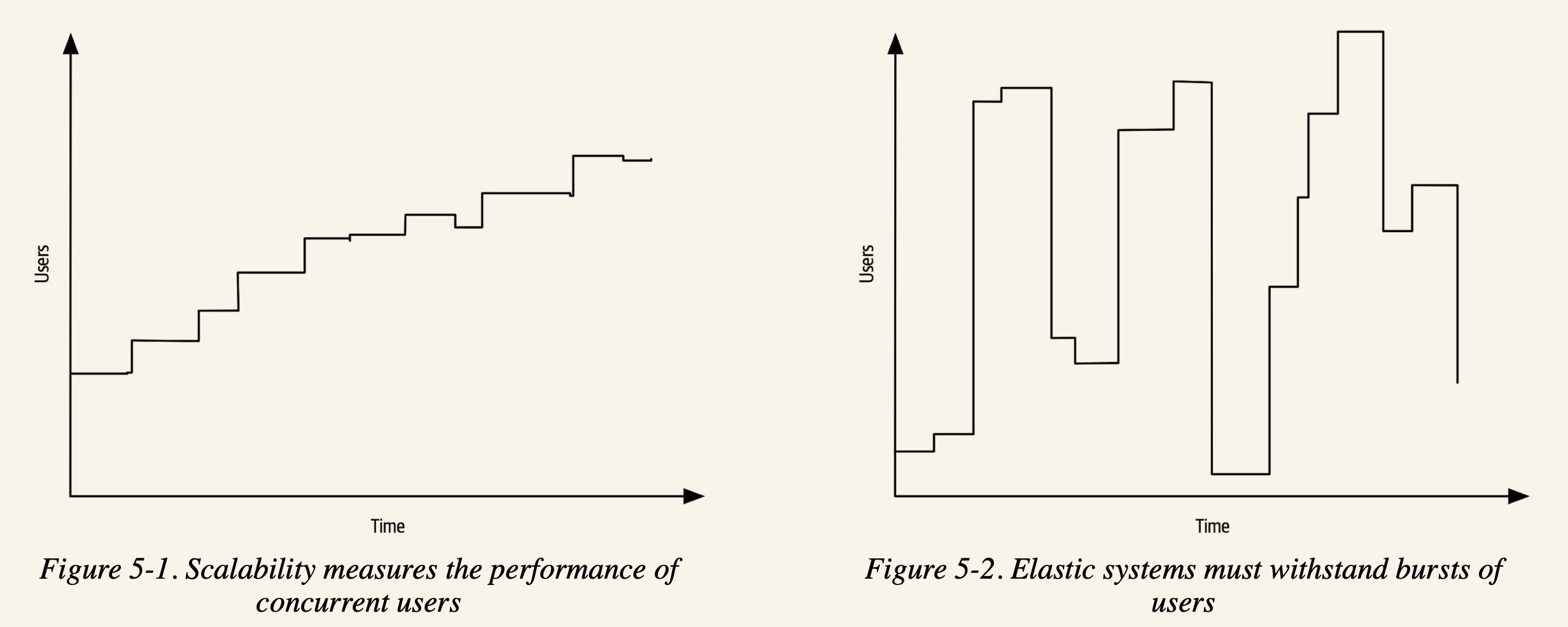
Digital transformation is an oft repeated buzzword that seems to imply something grand and even miraculous. In its most basic form, however, digital transformation essential refers to digitizing the business processes on which the organization depends.
For a long time, this meant replacing manual processes with more efficient digital processes. Why, for example, go to the bank and make a deposit in person when you could simply transfer funds electronically?
As digital technology evolved, however, the potential for transformation grew as well. Moving from in-person banking to online banking is one thing. Replacing all your brick-and-mortar stores with one e-commerce site is something else entirely.
As this example suggests, digital transformation isn't just about doing old things in new, digital ways. It's also about doing things that weren't even possible before. For example, it used to be that if you wanted to store data in a server, you had to own and manage that server. Similarly, if you wanted to use an application, you had to buy it and install it on a machine you owned.
Then the cloud came along and changed all that.
Although the cloud has been around for years, cloud-enabled digital transformation massively accelerated during the COVID-19 pandemic when companies suddenly realized they needed to be able to operate remotely and with greater agility than ever before.
According to Gartner, the rate of cloud adoption is far from slowing — by 2025, more than 85% of organizations will have embraced cloud-first strategies and a staggering 95% of all new digital workloads will be deployed on cloud-native platforms. With everyone enthusiastically embracing the cloud, mastering cloud-enabled digital transformation will prove to be an essential business capability in every industry from here on out.
In this article, we’ll take a deeper dive into the topic of cloud-enabled digital transformation — what it means, the benefits it yields, and best practices for implementation.
Quick Takeaways
- Digital transformation is impossible to achieve by today’s standards without a cloud-based strategy to support it.
- Central drivers of cloud-enabled digital transformation include: remote work environments, big data, the rise of DevOps, and the need for greater scalability and elasticity.
- Knowing your current state architecture is a key first step for any transformation planning.
- Best practice recommends working with a cloud expert (internal or external) to guide you through execution of any transformation initiative.
The Role of the Cloud in Digital Transformation
Digital transformation today is no longer about how digital your business is (i.e., how much digital technology you use). Instead, it’s about how well you can leverage digital technology to drive business results.
That’s where the cloud comes in. It's almost impossible today to imagine achieving meaningful business results – from cost savings to increased innovation – without taking advantage of what the cloud has to offer.
So, how does the cloud drive digital transformation? Well, let's take a look at what the cloud enables:
Flexible operations
The ability to shift day-to-day business operations from an in-person model to a remote model, as many businesses did during the pandemic, would have been unthinkable without the cloud. Thanks to the cloud, employees could enjoy uninterrupted access to the workloads, data, and applications they needed to remain productive.
And the "access from anywhere" aspect of the cloud meant that collaboration tools offering everything from video conferencing to virtual white boarding were available to everyone.
Of course, employees weren't the only ones to benefit from the flexible operations facilitated by the cloud. Customers, too, found they could still get what they needed even when a trip to the store or meeting in person were off the table.
Data management
The sheer volume of data being created today is enormous — it has grown exponentially over the past decade and is expected to continue doing so through 2025 (and presumably beyond). Keeping up with this quantity of data calls for more than continuously buying new servers or expanding data center real estate. The cloud and its promise of scalability-on-demand is the only way to stay ahead of the data deluge.
While storing (and protecting) data is important, it's even more important to derive business value from that data. That calls for analytics and the compute power necessary to pull meaningful insight from data, whether for planning, machine learning, or simply improving the customer experience.
Cloud-based analytics tools and infrastructure as a service capabilities have evolved to meet these needs.
Application optimization
DevOps is the combination of software development with IT operations to shorten the software development lifecycle (SLDC) as much as possible and execute with higher levels of agility and innovation. The cloud is a key DevOps enabler, providing a flexible IT infrastructure and platform for innovation and collaboration across remote teams and contributors.
Scalability and elasticity
Scalability and elasticity are two key capabilities enabled by the cloud. These terms are often mistakenly used interchangeably when in fact they describe two different ways that the cloud enables greater organizational agility.
In short, scalability refers to the ability to handle an increase in workloads and users over time without disruption. Elasticity refers to the ability to scale up and down as needed depending on demands of the market, season, or other factor.
The graphic below illustrates how the concepts are different:

Line graphs illustrating the difference between scalability and elasticity (Source)
Both scalability and elasticity have become essential to cloud-enabled digital transformation, allowing companies to continually optimize operations in the face of continuously changing conditions.
Cloud-Enabled Digital Transformation: Keys to Success
Know your current state
When it comes to actually implementing cloud-enabled digital transformation, the first step is to know where you stand. Your current state architecture is a visual representation that provides a snapshot of all processes and tools you have in place to deliver services. It can be used as a guide for developing your transformation strategy and outlining your execution plan.
Make a plan
Speaking of execution plans — yours should be as detailed as possible. Typically, cloud migration and/or transformation initiatives happen in phases. Map out your timeline, action steps by phase, persons responsible for tasks, budget, and any other details needed to execute the plan.
While no transformation goes exactly as anticipated, your execution plan will serve as a guiding resource to keep things on track and help you evaluate progress.
Adopt the right tools
Specifically, adopt a platform that centralizes your cloud-enabled digital transformation efforts and keeps everything in one place. That way, you have a single source of truth to refer to during the process and a reference point where all activity is tracked and visible. It can also help when the tools are capable of assessing applications for cloud readiness.
Partner with an expert
Cloud-enabled digital transformation, no matter how well-planned, is complex. You will inevitably encounter hiccups along the way and challenges you may not know how to navigate without a cloud expert on board. Whether you have an internal consultant or you hire an external team to manage your transformation with you, be sure you have access to the expertise you need for guidance from start to finish.
Launch Your Cloud Transformation with Confidence
LeanIX supports high-level cloud transformation planning and automated methods of governing and monitoring IT entities — both during and after migrations. Our solutions help clients establish cloud migration as a business objective, assess their cloud readiness, create migration scenarios, and develop an outcome-based plan for success.
Learn more about our solutions or schedule your demo today to get started!
Image Source: Metropolitan Transit Authority - Creative Commons.
.png?width=140&height=107&name=BTMPlaybook-FI%20(1).png)

